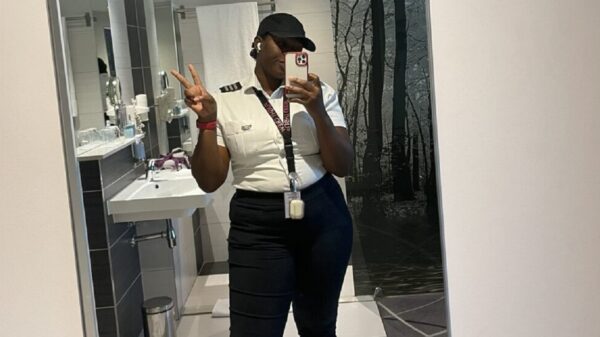Aircraft enthusiasts worldwide have noticed a common trend among commercial planes—their predominantly white liveries with small bursts of colour, usually around the tail. This preference for white paint attracts attention and serves several practical purposes. Let’s delve into the reasons behind this choice.
Cost-saving Advantage
Cost-saving measures play a crucial role in the modern aviation industry. After prioritising safety, airlines consider commercial factors, including paint choices. Painting a typical twin-engine widebody aircraft requires 80–120 gallons of paint, amounting to a significant cost of up to $300,000.
Fortunately, white fades slower than darker colours, reducing the frequency of repainting and thus saving money in the long run. While some claim that white paint is lighter, this is largely a myth.
Temperature Control
White is a colour known for its ability to reflect sunlight. This property helps keep the aircraft cool, especially when flying at high speeds. As air friction heats the aircraft’s exterior, the white paint aids in temperature control.
A famous example of this benefit can be seen in Concorde, whose white airframe protected it from extreme leading edge temperatures of approximately 127°C during supersonic flights.
Maintenance and Safety Considerations
Most fluids used in aircraft maintenance, such as fuel, oil, and hydraulic fluid, have dark colours. Against a white surface, maintenance personnel can easily identify any leaks, ensuring prompt detection and repair.
Furthermore, a white aircraft is more visible in search and rescue operations and can deter bird collisions, promoting flight safety.
Rebranding and Ownership Changes
Approximately half of the world’s commercial aircraft are leased. When aircraft frequently change operators due to leasing agreements, a predominantly white livery simplifies and reduces the cost of rebranding. It makes it easier for airlines to customise the appearance of the aircraft while keeping a consistent base colour.
Exceptional Liveries that Break the Mould
While most airlines opt for subtle hints of colour and branding, some carriers have chosen to stand out with unique liveries. Southwest Airlines (WN), a renowned low-cost carrier in the United States, takes a bold approach by showcasing its blue, yellow, and red brand colours across the entire fuselage.
In contrast, PLAY Airlines (OG), an Icelandic carrier, embraces an all-red and pink livery, vibrating the skies. These exceptions to the predominantly white trend are often observed among low-cost airlines, emphasising the value of a distinctive brand image despite the additional paint costs.
Conclusion
The prevalence of white paint on commercial aircraft is not merely a coincidence; it serves multiple purposes. The benefits of white aircraft liveries are evident, from cost-saving advantages and temperature control to maintenance ease and rebranding flexibility.
However, airlines like Southwest and PLAY Airlines prove that exceptions can bring a fresh burst of colour to the skies, showcasing the power of bold branding.
